by Daniel Jenkins, NERC Reliability Specialist
I have been consulting and managing NERC programs for the last five years here at NAES and I have observed and learned a few things that help plants maintain the best Programs. Following are a few things that I recommend trying out at your facility that can lead to better programs, more engagement throughout the organization, and management of evidence.
- Use SharePoint. By maintaining your NERC program on SharePoint, it is backed up and you can access or share the information with others easily.
- Divide the standards by group and enlist operators to help track and maintain that portion of the program. I&C techs do well with the PRC standards.
- Perform quarterly reviews. By splitting the program up, it allows for a smaller bite to review, in turn encouraging a more thorough review.
- Designate a CIP month. This has proven to be very valuable in performing a full review and ensuring the 15-month deadlines are met every year.
- Gensuite Compliance Calendar: This tool is used by most everyone for their environmental and safety programs. Why not use it for NERC as well? It takes some heavy lifting up front to input the recurring tasks and due dates to coincide with the requirements and the last time they were completed. However, it does a great job of putting the task right in front of you when its needed.
As you look at your program, keep these ideas in mind and try them out. They have helped others and the can help you.

